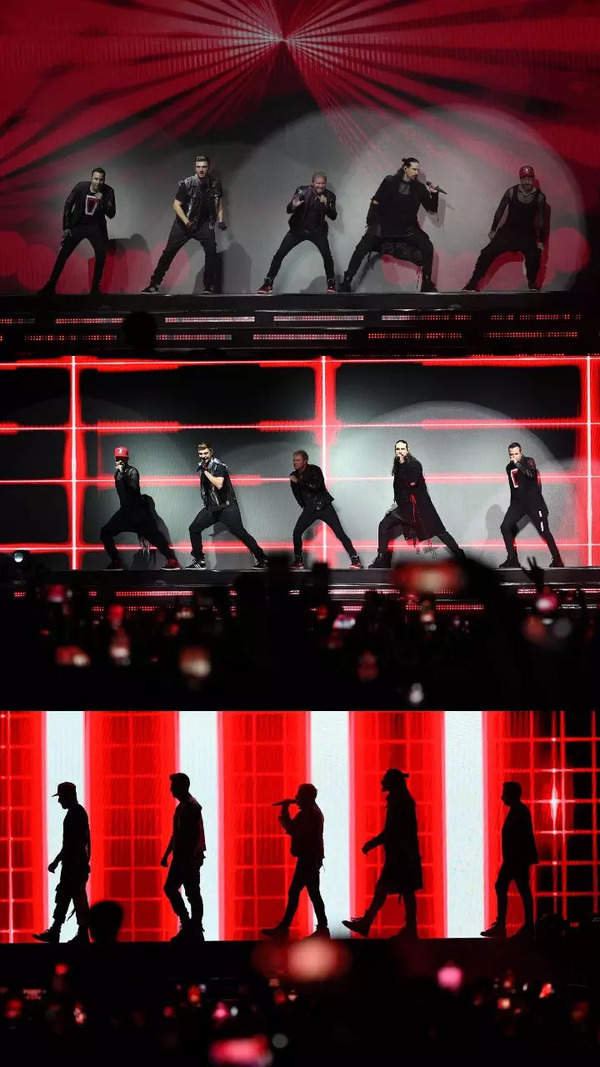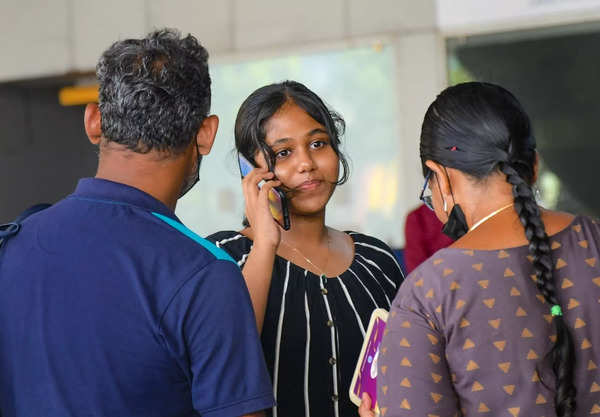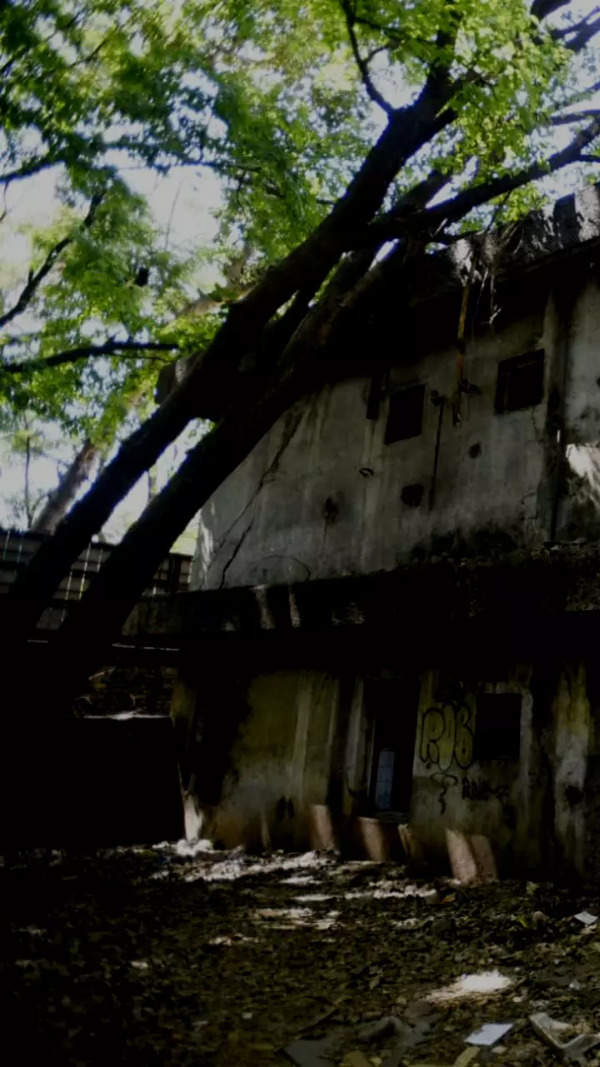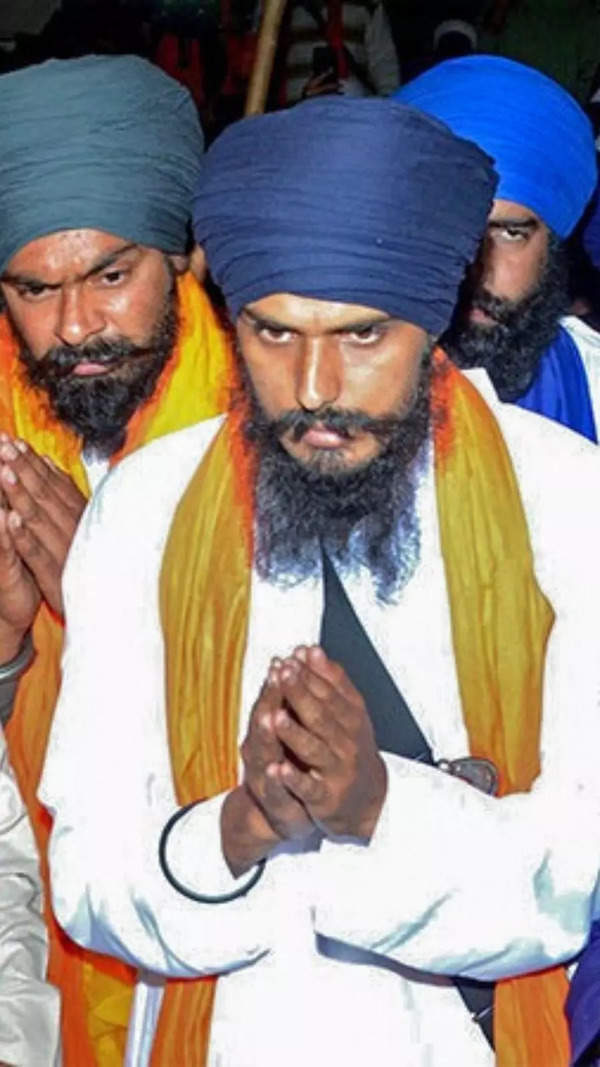- News
- 220-yr-old saga of devpt & expansion of Kanpur
Trending Topics
220-yr-old saga of devpt & expansion of Kanpur

Kanpur: Kanpur has witnessed many ups and downs in its development and expansion from Cawnpore (1770) to Kanpur (1948) 178 years and 152 years from 1861 to 2023.
Kanpur is 220 years old because as per history, the Britishers declared it (Kanpur) as a district on March 24,1803 and appointed Abraham Beland as its first district magistrate. Later it was bifurcated into two districts--Kanpur Nagar and Kanpur Dehat in the 20th century.
Its development took shape since 1803 and today its geographical area is around 3155 square km, Kanpur city’s area 403 square km, with three tehsils and has a population of 45,81,000. The Britishers not only identified its strategic value but made it a big trading centre and it was because of their efforts that Kanpur was known as Manchester of the East.
They gave Kanpur a civic system such as drinking water system, drainage system and made other planned developments including the transport system. To provide the civic system, they constituted a Nagar Palika in 1861 and gave it the responsibility of civic affairs in order to provide facilities to the citizens of Kanpur. The Nagar Palika played its role beautifully and tried to cater to all the civic needs of the city’s population.
The municipality in Kanpur, then Cawnpore, was first established on November 22, 1861 under the chairmanship of a district magistrate. Lala Sheo Prasad was the first vice-chairman of the Association of Cawnpore Municipal Committee. The Town Hall building was constructed in Cooperganj in 1879 with investment of around 2,16,000 rupees.
As the population of Kanpur started increasing, the British felt the need to elevate the status of Nagar Palika and they converted the Nagar Palika into Municipal Council in 1879 and established its office in Town Hall Cooperganj which is now known as Chacha Nehru Children Hospital. At that tie the income of the Municipal Council was around 10 lakhs rupees per annum.
The Nagar Mahapalika was constituted in 1960 and its first house meeting was held at Town Hall Cooperganj. At that time the city had 36 wards and two corporators were elected from each ward. Thus in all 72 corporators were elected and after 8 special corporators joined this band the total strength of the house was of 80 corporators. The term of corporators and mayor was of one year.
In 1962, the Nagar Mahpalika was shifted from the Town Hall to its new building situated at Moti Jheel which is at present the headquarters of Kanpur Municipal Corporation. The first house in the new building was opened on February 16,1963.
The Municipal council was converted into Kanpur Municipal Corporation in 1991 and since then KMC has been catering to the needs of the citizens. Later its area was further expanded and more wards were added in its limit. At present, KMC has 110 wards and the city has been divided into six zones.
The elections of corporators remained suspended from 1973 to 1988 due to the notification issued by the government which appointed an administrator to look at the affairs of the municipal corporation.
In 1995 a system was introduced to elect the mayor directly by the public. Sarla Singh of BJP was the first elected mayor. Like corporators the term of mayor is also of five years.
Before 1995, a mayor was elected by the elected corporators or members of the house, and Ram Ratan Gupta was the first mayor who was elected in 1960. Ratan Lal Sharma and Sardar Inder Singh had the honour of serving the city twice as mayor. After Ratan Lal Sharma, his son Anil Sharma was elected as mayor in 2000.
Pramila Pandey, a former corporator, was elected as mayor in 2017 and she is contesting the election for the second term.
The corporators who had joined politics and became MLAS and ministers were Ajay Kapoor, Neeraj Chaturvedi, Rakesh Sonkar, Kamal Rani Varun, Abdul Rahman Khan Nashtar, Pashupati Nath Mehrotra, Babu Ram Shukla, Sushila Rohatgi, Shivlal Balmiki, Jatadhar Bajpai, Dhirendra Nath Banerjee, Ratan Lal Sharma, Bhagwati Prasad Tiwari, Sanjeev Daryabadi, and his mother Kamla Daryabadi.
Kanpur is 220 years old because as per history, the Britishers declared it (Kanpur) as a district on March 24,1803 and appointed Abraham Beland as its first district magistrate. Later it was bifurcated into two districts--Kanpur Nagar and Kanpur Dehat in the 20th century.
Its development took shape since 1803 and today its geographical area is around 3155 square km, Kanpur city’s area 403 square km, with three tehsils and has a population of 45,81,000. The Britishers not only identified its strategic value but made it a big trading centre and it was because of their efforts that Kanpur was known as Manchester of the East.
They gave Kanpur a civic system such as drinking water system, drainage system and made other planned developments including the transport system. To provide the civic system, they constituted a Nagar Palika in 1861 and gave it the responsibility of civic affairs in order to provide facilities to the citizens of Kanpur. The Nagar Palika played its role beautifully and tried to cater to all the civic needs of the city’s population.
The municipality in Kanpur, then Cawnpore, was first established on November 22, 1861 under the chairmanship of a district magistrate. Lala Sheo Prasad was the first vice-chairman of the Association of Cawnpore Municipal Committee. The Town Hall building was constructed in Cooperganj in 1879 with investment of around 2,16,000 rupees.
As the population of Kanpur started increasing, the British felt the need to elevate the status of Nagar Palika and they converted the Nagar Palika into Municipal Council in 1879 and established its office in Town Hall Cooperganj which is now known as Chacha Nehru Children Hospital. At that tie the income of the Municipal Council was around 10 lakhs rupees per annum.
The Nagar Mahapalika was constituted in 1960 and its first house meeting was held at Town Hall Cooperganj. At that time the city had 36 wards and two corporators were elected from each ward. Thus in all 72 corporators were elected and after 8 special corporators joined this band the total strength of the house was of 80 corporators. The term of corporators and mayor was of one year.
In 1962, the Nagar Mahpalika was shifted from the Town Hall to its new building situated at Moti Jheel which is at present the headquarters of Kanpur Municipal Corporation. The first house in the new building was opened on February 16,1963.
The Municipal council was converted into Kanpur Municipal Corporation in 1991 and since then KMC has been catering to the needs of the citizens. Later its area was further expanded and more wards were added in its limit. At present, KMC has 110 wards and the city has been divided into six zones.
The elections of corporators remained suspended from 1973 to 1988 due to the notification issued by the government which appointed an administrator to look at the affairs of the municipal corporation.
In 1995 a system was introduced to elect the mayor directly by the public. Sarla Singh of BJP was the first elected mayor. Like corporators the term of mayor is also of five years.
Before 1995, a mayor was elected by the elected corporators or members of the house, and Ram Ratan Gupta was the first mayor who was elected in 1960. Ratan Lal Sharma and Sardar Inder Singh had the honour of serving the city twice as mayor. After Ratan Lal Sharma, his son Anil Sharma was elected as mayor in 2000.
Pramila Pandey, a former corporator, was elected as mayor in 2017 and she is contesting the election for the second term.
The corporators who had joined politics and became MLAS and ministers were Ajay Kapoor, Neeraj Chaturvedi, Rakesh Sonkar, Kamal Rani Varun, Abdul Rahman Khan Nashtar, Pashupati Nath Mehrotra, Babu Ram Shukla, Sushila Rohatgi, Shivlal Balmiki, Jatadhar Bajpai, Dhirendra Nath Banerjee, Ratan Lal Sharma, Bhagwati Prasad Tiwari, Sanjeev Daryabadi, and his mother Kamla Daryabadi.
Start a Conversation
FOLLOW US ON SOCIAL MEDIA
FacebookTwitterInstagramKOO APPYOUTUBE










